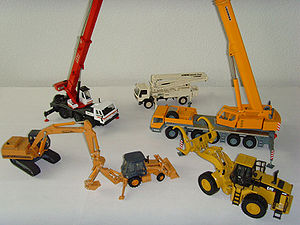THREE DIMENTIONAL MEDIA

OBJECTIVES:
- Analysis the characteristics of 3D instructional materials.
- Create 3D instructional materials.
- Demonstrate proper use of 3D instructional materials.
THREE DIMENTIONAL MEDIA
- Display an additional quality
that appeals to the since of touch-that is, a tactual quality.
- Gives a right understanding of real things.
3D INSTRUCTIONAL MATERIALS

- Are useful in the event that real life materials are impossible to be
brought in the Classroom to provide students with certain amount of direct, purposeful,
rich and meaningful of teaching experiences.
- Are usually constructed to allow handling by the students, except does which
are Too large, too costly, to rare, or to fragile.
3D INSTRUCTIONAL MATERIALS

Pioneers in Education in
their Education Theory
1. Jean Piaget

-Use the methods of
instruction through the individualize program, exploration and experimentation
with concert materials that helps the child to learn more about the environment.
With use of real things, a child is able to compare or contrast
things and make perception about his environment.
2. Maria Montessori
-Using real things help promote motor and sensory skills.
3. Jerome Brunner
- Proposes that instruction should
proceed from direct experiences ( real things) to iconic
representation (pictures) to symbolic representation (words) for
achieving mastery of task.
KINDS OF 3D’S
1. Object and Specimens
2. Models and mock-ups
3. Diorama
4. Puppets
5. Resource Person
1. OBJECTS and SPECIMENS
Objects…
- Are concrete materials such as plants, animals, tools and artefacts
used in providing direct experience.
Specimens… -Is a part of aspects of some items that is a typical sample of characters of others in its same class or group. In biology, a specimen is an individual animal, part of an animal, plant, parts of a plant, or Microorganism used as representative to study the properties of the whole population of that species or subspecies.
Points of Consider of Teaching
- Develop a purpose for using them.
- Provide opportunities ton learners to
work with or to manipulate the specimens so that they can consider concepts,
process and principles by themselves.
- Present just enough specimens or
object at a time so as not to overwhelm the learner.
- Presents the materials in a dramatic
way so as to arouse and sustain the interest of the learners
ADVANTAGES:
- These are less abstract and more
concrete.
- It attracts learners attention.
- Learners become more familiar with objects.
LIMITATION:
- Needs a bigger stories.
- Prone to possible damage.
- Some object has limitation in availability
and may not be easy to be found.
2. MODELS and MOCK-UPS
MODELS
-are scaled replicas of real object. Show the totality of a thing or a process.
Examples:
-models cars
-airplanes
-house
-Solar system
MOCK-UPS
-are special types of models which
are focused on a specific part of a whole object and are workable.It is intended to show the essential
parts which are made detachable.
TYPES:
1. Solid Models - are mainly used for recognizing external features as in the case of globes and puppets.
2. Cross-section Model/cut away Models - Show the internal structures.
3. Constructional Model- which can be assembled and disassembled to show relationship of parts to whole.




Walang komento:
Mag-post ng isang Komento